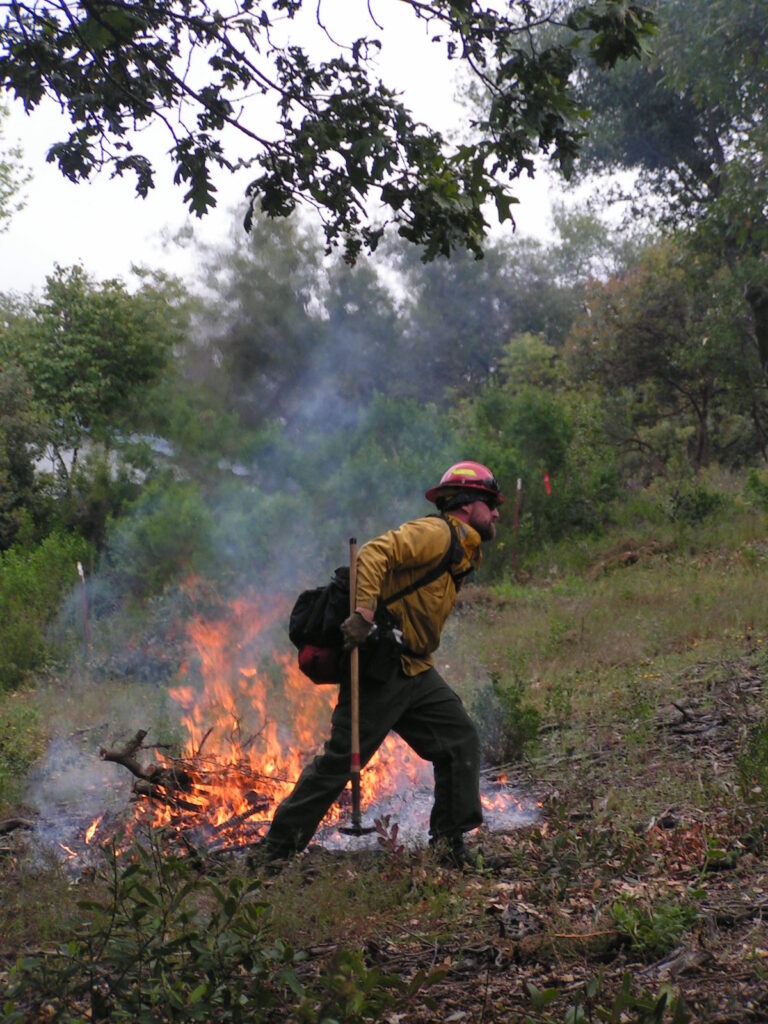
Fall 2022 ForestLife
Restoring Fire and Climate Resilience
Five years ago, California only spent a token amount of money restoring fire resilience to its forests and other landscapes. PFT was a lonely voice in 2017 (and for many years before that!) when we advocated for $20 million to increase the use of prescribed fire to reduce unnatural fuel buildup and get more “good” fire on the ground safely.
Then late that year, catastrophic fires in Santa Rosa and Ventura caused the state Legislature to pass a sweeping new law designating $200 million annually for pre-fire mitigation, including a major grant program for forest health, dedicated prescribed fire and fuel reduction crews at CAL FIRE, as well as programs to reduce fuels around communities. The massive and deadly 2018–2021 fires underscored just how necessary and urgent it was to implement this preventative and proactive approach.
To better address the multiple impacts of fire on all Californians (smoke from these fires has major impacts across the state), PFT has been leading a broad coalition of stakeholders to develop more solutions. With broad support and encouragement from PFT and our diverse coalition partners, the state responded in 2021 with an enormous $1.5 billion funding package to accelerate forest health projects, community protection efforts, workforce, and infrastructure development, and regional planning and capacity building (see Forest Life Fall 2021). Many of these efforts are well underway, and grant-funded forest health projects are starting this fall. The state expects to spend at least $600 million each of the coming two years to continue working on this challenge. Billions of dollars from the state—plus hundreds of millions in new funding coming from the federal government—certainly help accelerate actions.
A critical area that remains behind in implementation is the roll-out of a larger prescribed burning program. To date, the state has conducted prescribed burns on a few tens of thousands of acres, with a target of increasing to 50,000 acres/year. This is a fraction of what the Governor has called for—1,000,000 acres to be “treated” annually for fire prevention. The prescribed burn target needs to be at least 100,000 acres/year. This is an essential move to working with “green” resilience, rather than treating the “blackened” landscape that uncharacteristic fires often create. PFT is focused on advancing towards larger projects, planned and implemented across landscapes to restore fire and climate resilience, also improving both habitat and watershed function, at scale. Major increases in the use of “good” fire is also essential as there is no other feasible way to reach large portions of the landscape to reduce unnatural fuel build-up. A greatly accelerated, proactive approach is essential to restoring a safer, more resilient forest.

